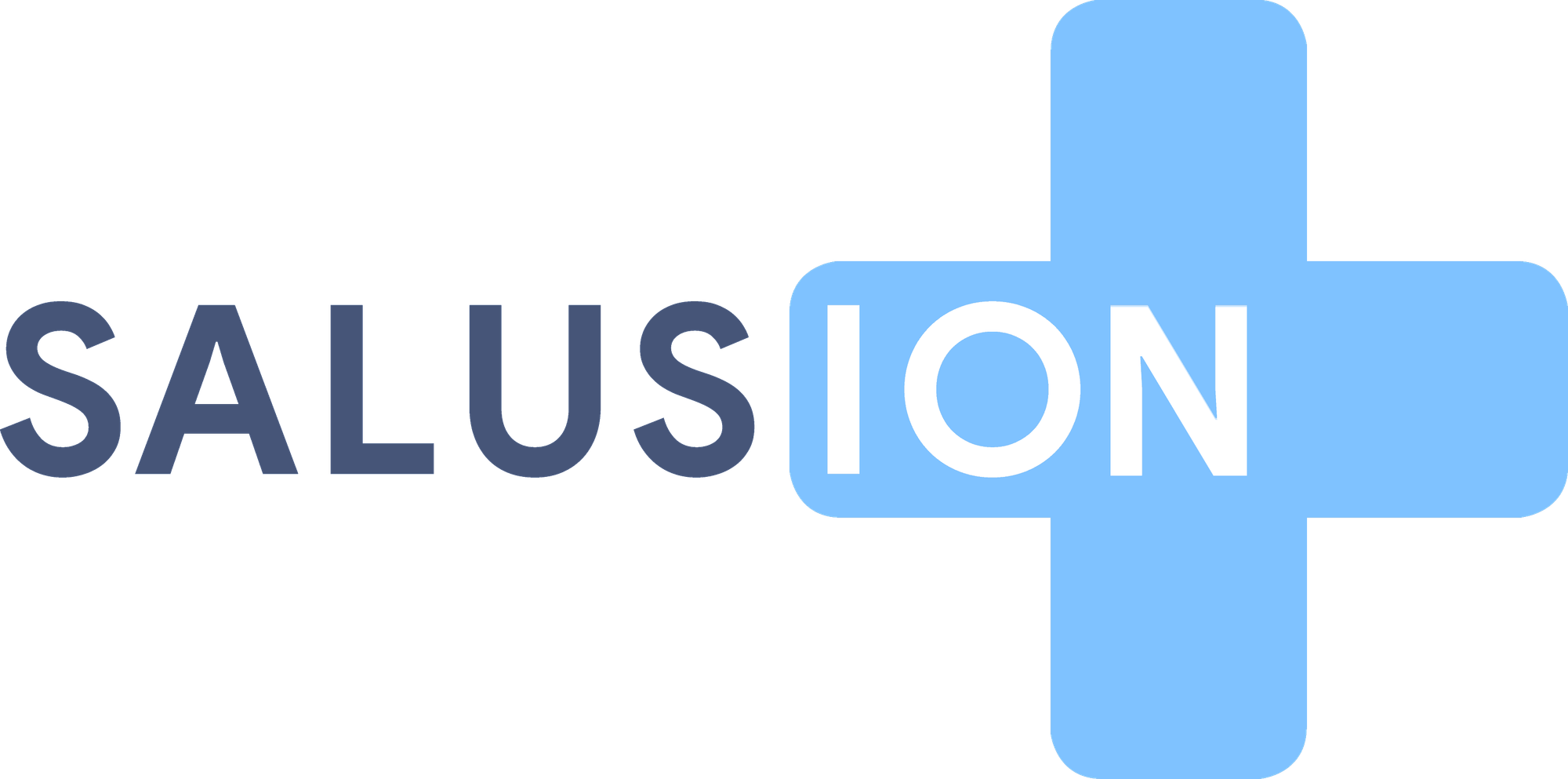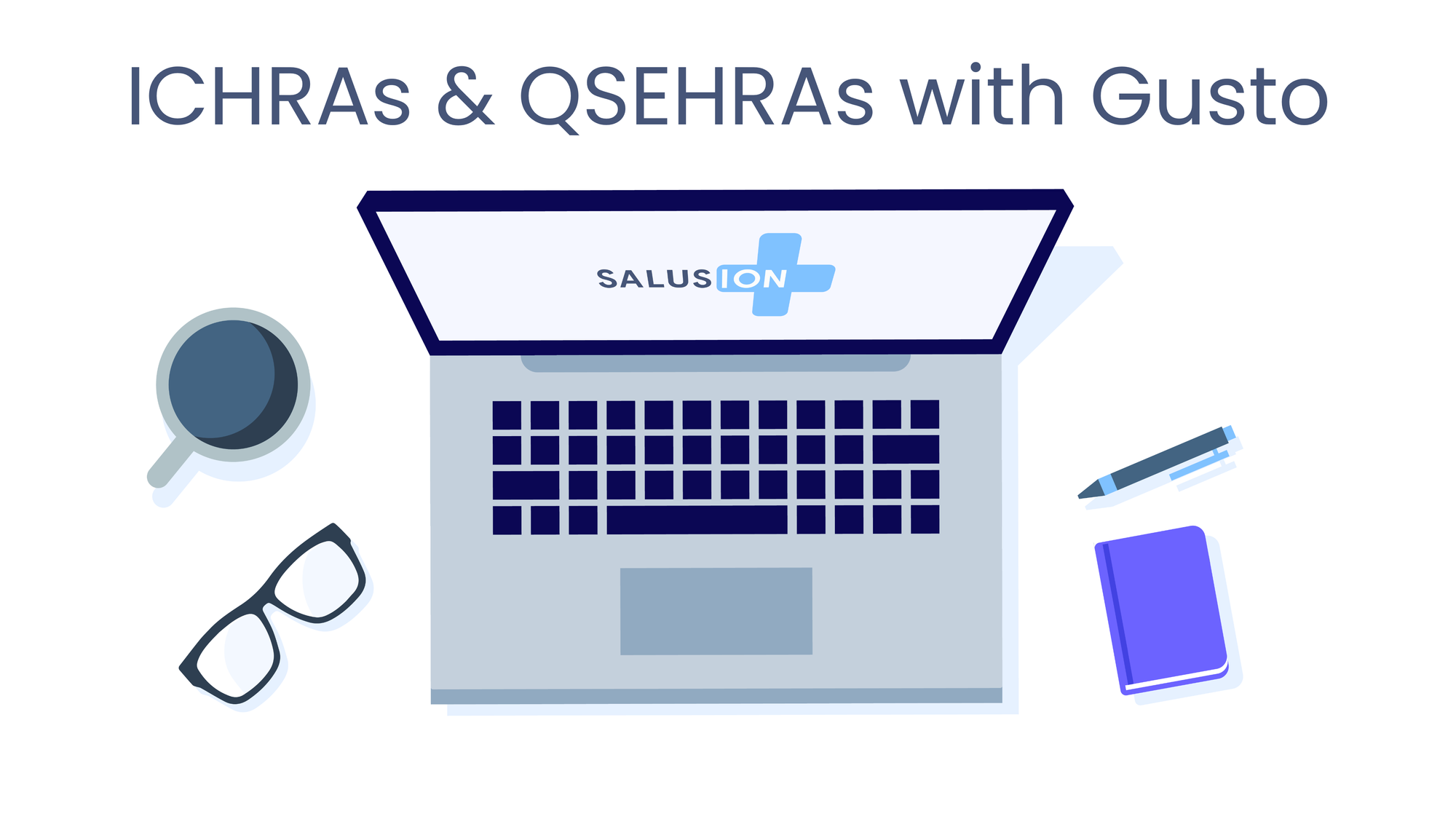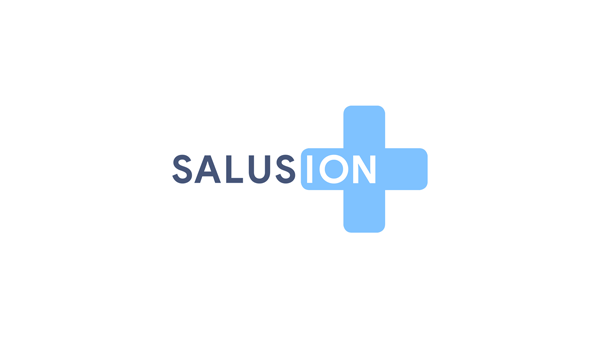For Gusto payroll users, Salusion provides a streamlined way to handle ICHRA and QSEHRA reimbursements. While employers have the option to process HRA reimbursements through payroll, most—over 90% of our clients—choose to let Salusion automate the process through ACH transactions.
Why Automate HRA Reimbursements with Salusion?
Automating HRA reimbursements with Salusion offers key benefits:
- Hands-Free Administration: From plan documents and employee notices to expense capture, substantiation, and ACH reimbursements—every step runs automatically. Once your HRA is set up, there’s nothing left for the administrator to manage.
- Elimination of Human Error: By removing manual data‑entry and spreadsheet juggling, you eradicate typos, missed submissions, and misplaced paperwork. Automation ensures every claim is processed accurately—every time.
- Nightly Reconciliation & Audit‑Ready Records: Automated, end‑of‑day matching of expected reimbursements against completed ACH transactions gives you one unified ledger. You’ll have up‑to‑date, error‑proof records for month‑end close and compliance audits.
When Should Employers Use Gusto for HRA Reimbursements?
While most employers prefer automated ACH reimbursements, there are situations where using Gusto for HRA reimbursements makes sense. Specifically, with a Salusion QSEHRA, employers can choose whether to reimburse taxable premiums (premiums paid through a pre-tax payroll deduction by a spouse or parent through a cafeteria plan) or to exclude them from eligible expenses.
Most employers exclude taxable premiums to simplify QSEHRA administration. However, if you want to reimburse premiums for a spouse’s group coverage, those premiums will be taxable. This means you need to withhold the appropriate taxes, making Gusto a practical choice for processing these reimbursements.
Processing Taxable and Non-Taxable Reimbursements Through Gusto
If you choose to process taxable reimbursements through Gusto, Salusion will provide a report detailing taxable and non‑taxable amounts, which you can upload into Gusto using a template customized to integrate seamlessly with Gusto.
Tax Reporting Considerations
ICHRA Tax Reporting
For ICHRAs, tax reporting is completely independent of payroll. Employers are required to generate Form 1094-B and Form 1095-B:
- Form 1094-B: This is a transmittal form submitted to the IRS along with Form 1095-B. It provides summary information about the employer's health coverage.
- Form 1095-B: This form is provided to employees and the IRS to report individuals covered under the ICHRA. It includes details such as employee and dependent coverage, start and end dates, and employer information.
Employers must ensure these forms are accurately completed and submitted to the IRS, as well as distributed to employees as required.
QSEHRA Tax Reporting
With a QSEHRA, payroll updates are necessary. Specifically, the employer must report the total amount made available to employees in Box 12, Code FF of the employee’s W-2. Salusion will provide a report with the necessary figures in December each year.
Updating W-2 Information in Gusto
- Sign in to your admin profile.
- Navigate to Taxes & Compliance and click Overview.
- Under Quick Links, select Update 2025 W-2 special compensation.
- Enter the correct amounts for each employee. (If you do not need to update a box, leave it blank)
- Verify the amounts and click Submit.
Note: Between December 10 and January 8, updates can only be made for the current year. If corrections for the previous year are needed during this period, contact Gusto support.
For more details on W-2 corrections, refer to Gusto’s support guide: W-2 Correction Guidance.
Conclusion
Salusion’s automation of ICHRA and QSEHRA reimbursements significantly simplifies the administration process for employers using Gusto payroll. However, in cases where taxable premiums need to be reimbursed, integrating reimbursements into Gusto’s payroll system ensures proper tax withholding and compliance. By following the provided steps, employers can efficiently manage their HRA reimbursements while staying compliant with tax regulations.
For more information on QSEHRAs, visit our Salusion QSEHRA product page.
For more information on ICHRAs, visit our Salusion ICHRA product page.




